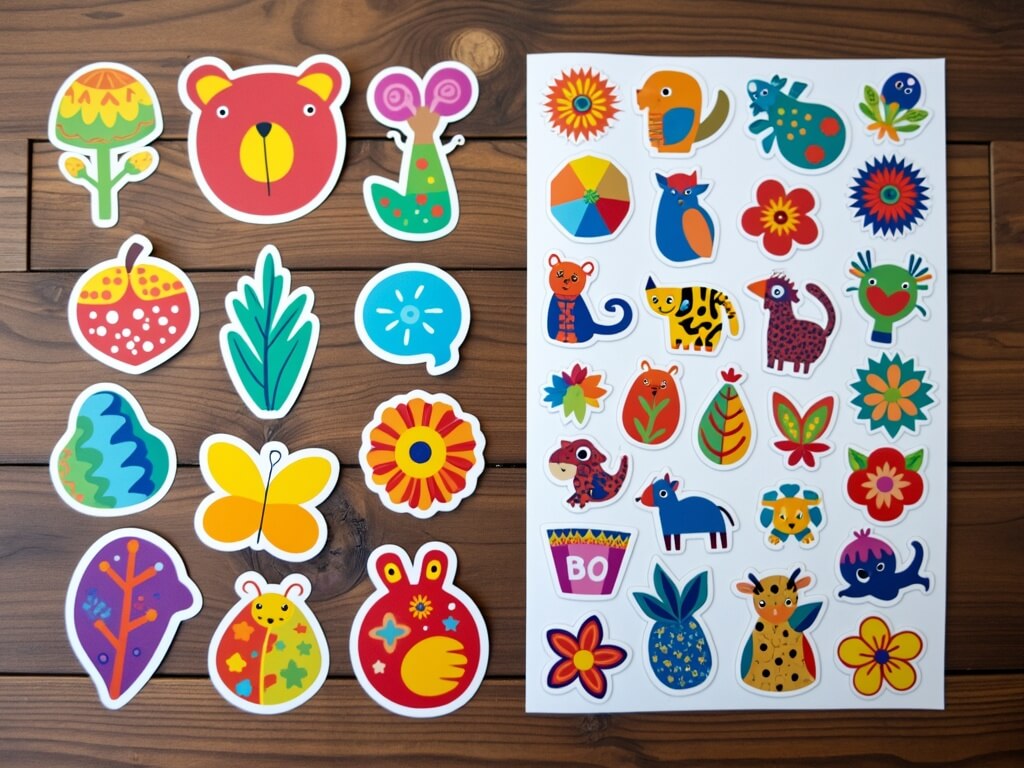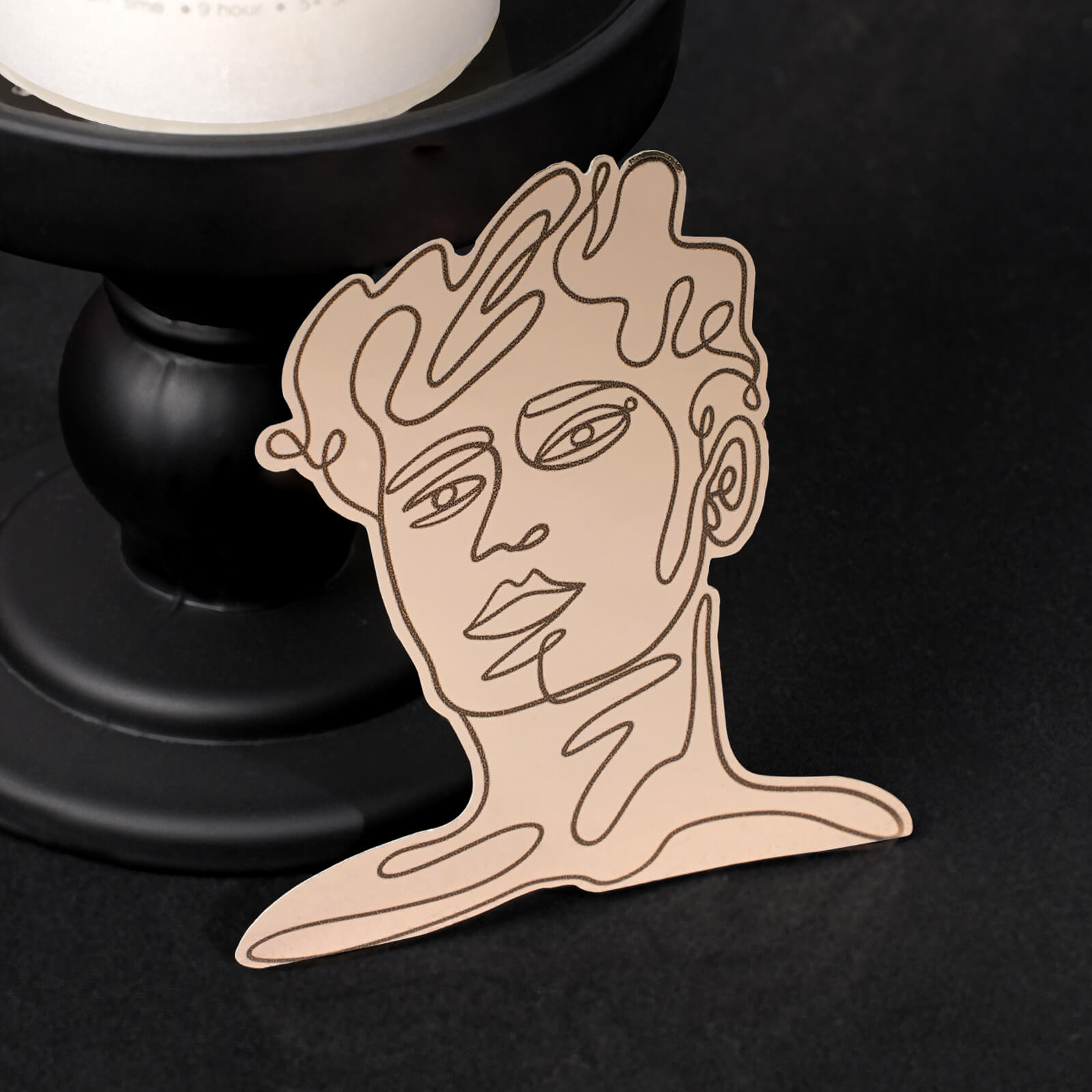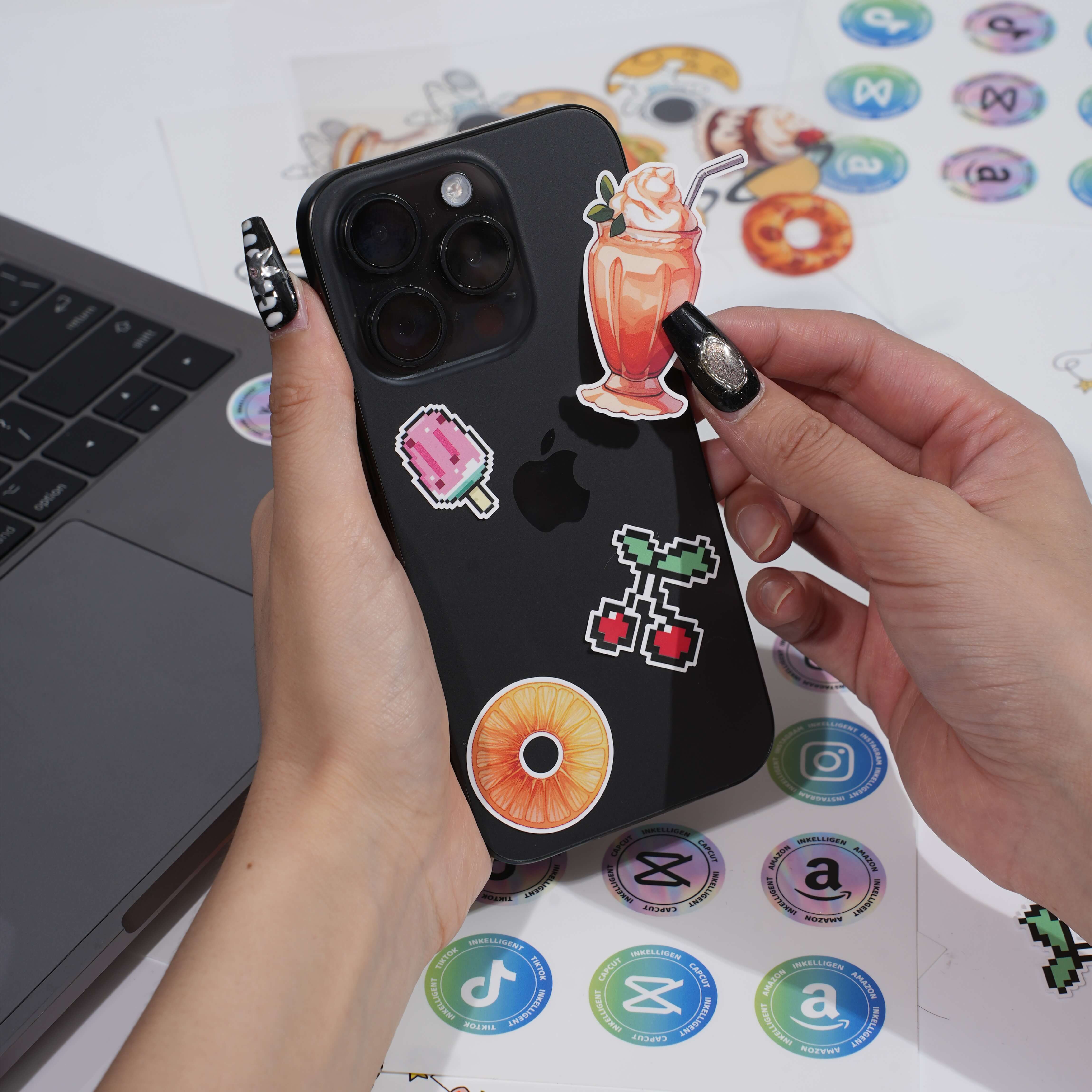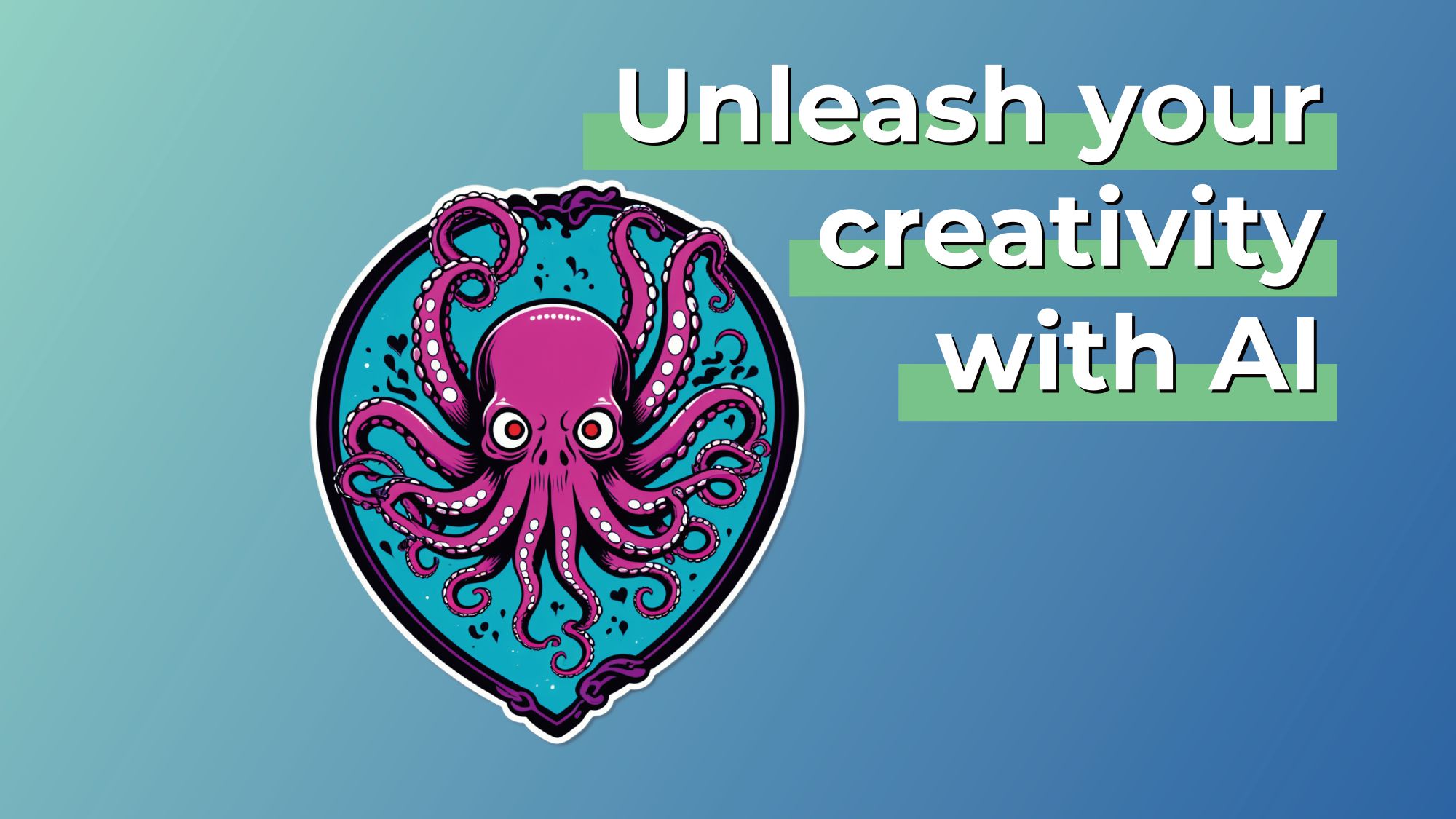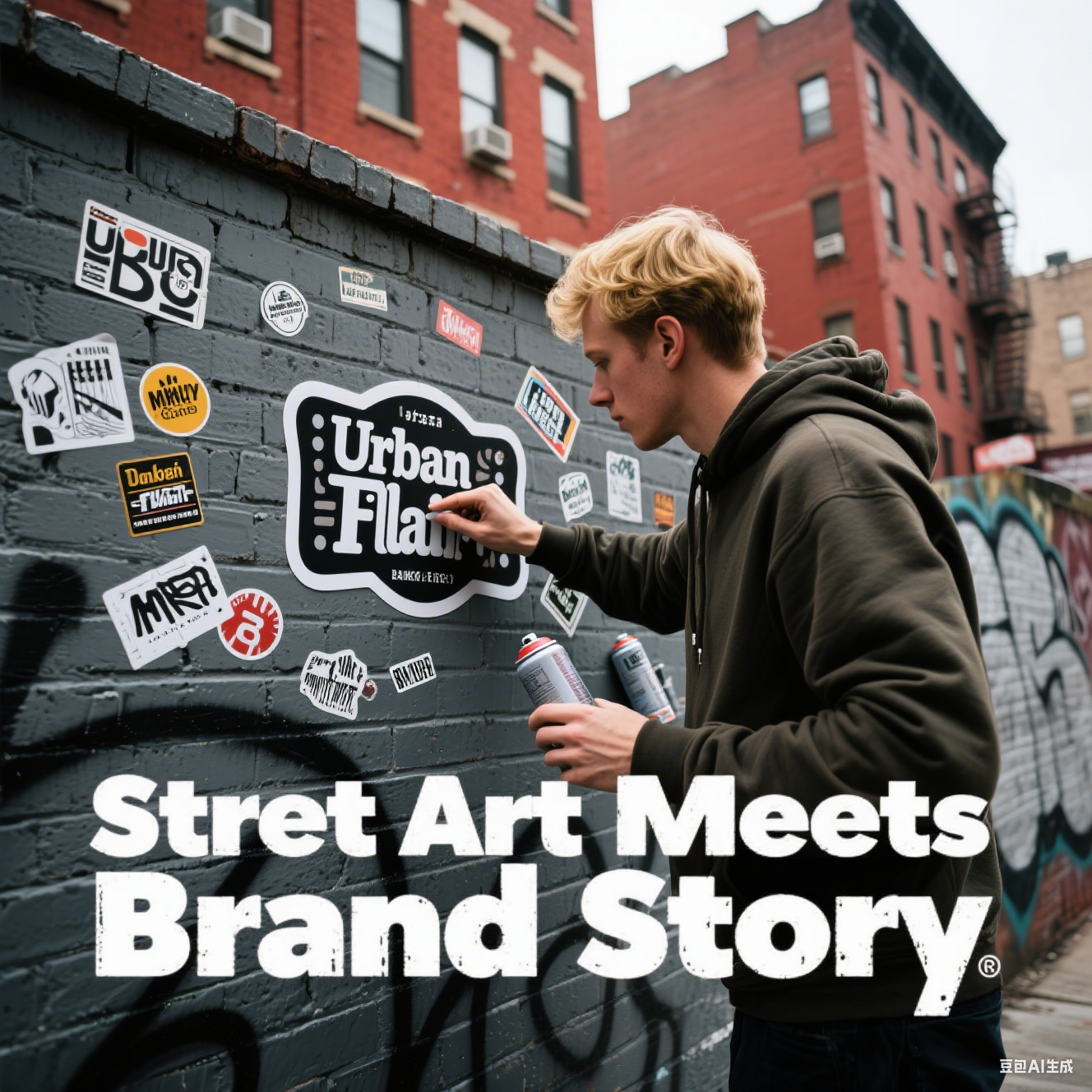
When we see those colorful stickers on street corners and alleys, or spot uniquely designed patterns on notebooks and phone cases, we might never think that these tiny stickers could be a key bridge for collaborations between artists and brands. So, can stickers really serve as the center of collaborations between artists and brands? Let's explore the mysteries together.
Why Do Artists and Brands Choose Stickers as a Collaborative Medium?
How Do the Characteristics of Stickers Attract Both Parties?
Stickers have a strong street culture attribute, and this inherent "wild" charm is particularly favored by street artists. They can freely paste their works on various corners of the city, spreading their artistic ideas in the most direct and free way and interacting with the public. For brands, the low cost of stickers is a great attraction. Producing a batch of exquisite stickers doesn't require a lot of investment, but their high spreadability can bring unexpected results. Brands can make stickers with brand elements appear in various scenes through giving them away, selling them, etc., thereby expanding brand influence. At the same time, the portability of stickers makes them easy to carry and spread, and people can easily paste them anywhere, further expanding the scope of communication.
The Unique Value of Sticker Creation
Compared with other forms such as painting, sculpture, and digital art, sticker creation has unique value. Painting and sculpture often require specific venues and tools, with high creation costs and relatively limited communication scope. Although digital art is convenient for communication, it lacks the physical touch and real existence. Stickers, on the other hand, have the advantages of low cost, easy spread, and physical existence. They can present artworks in a small and practical form, making art closer to life and integrating into the public's daily life. Whether pasted on a water cup, a schoolbag, or a wall, they allow people to feel the charm of art at any time.
Balancing Artistic Expression and Commercial Goals
To balance artistic expression and commercial goals through sticker works, good communication and collaboration between artists and brands are needed. Artists can incorporate their artistic ideas and styles into their creations, while subtly integrating the core elements of the brand, rather than bluntly inserting advertisements. Brands should give artists sufficient creative space and respect their artistic expression. For example, a sports brand collaborated with a street artist to launch stickers. The artist integrated the brand's logo into vibrant street graffiti patterns, which not only showed the artist's personality but also highlighted the brand's sports spirit, achieving a win-win situation for art and commerce.
Differences in Collaboration Motives Among Creators with Different Backgrounds
Street artists participate in sticker collaborations, more to take advantage of the brand's resources and channels to expand their popularity, make their works seen by more people, and spread street culture in a more extensive way. Illustrators may hope to apply their illustration styles to a wider range of fields through cooperation with brands, enhance their commercial value, and obtain more creative opportunities. Trend designers pay attention to fashion sense and market response. Collaborating with brands to launch stickers can convey their trend concepts to more consumers and enhance the brand's trendy attributes. Digital artists may value the expansion of stickers in the digital field, such as combining NFT technology to create more innovative digital sticker works.
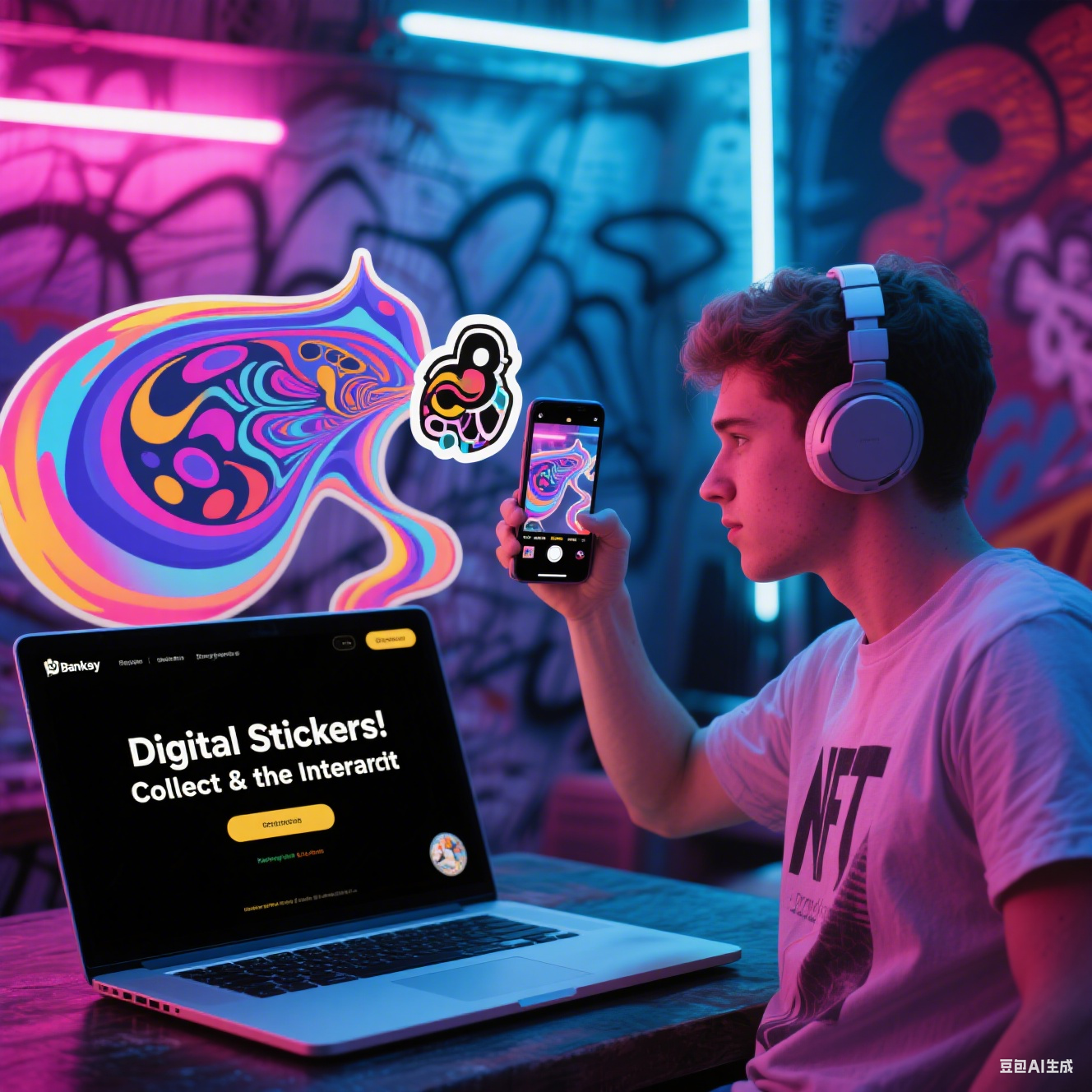
Specific Styles Suitable for the Sticker Carrier
Some specific styles of artworks are more suitable to be presented in the form of stickers. IP image works are one of them. Cute and adorable IP images made into stickers are deeply loved by the public and have strong collection and communication value. Social satire works can quickly convey the creator's views and attitudes through the simple and direct form of stickers, triggering public thinking and discussion. Although abstract art seems abstract, its simple lines and vivid colors can be well displayed on stickers, giving people infinite imagination space.
How to Design the Business Model for Artists' Stickers?
Co-Branded Stickers as a Brand Marketing Tool to Attract Traffic
Co-branded stickers are a powerful tool for brand marketing. When a brand collaborates with a well-known artist to launch co-branded stickers, it can often attract the attention of fans from both sides. For example, a beauty brand collaborated with a well-known illustrator to launch co-branded stickers. Consumers can get the stickers when they purchase products. Many fans buy more products to collect the stickers, thus driving the brand's sales. At the same time, co-branded stickers can also bring topicality to the brand, triggering discussions through social media and other channels, and further expanding the brand's influence.
Combining Online and Offline Channels to Create Diversified Consumption Scenarios
To create diversified consumption scenarios, brands can combine online and offline channels. Offline, pop-up stores are held to display and sell co-branded stickers together with other products, creating a unique consumption atmosphere. Launching stickers in the form of blind boxes makes consumers full of expectation and surprise during the purchase process, increasing the fun of consumption. Online, using NFT technology to launch digital stickers, endowing stickers with unique collection value, attracts the attention of digital art lovers. The combination of online and offline channels can meet the needs of different consumers and expand the sales scope of stickers.
Definition of Copyright Ownership
In sticker collaborations, the ownership of copyright is a key issue. Both parties should clarify the ownership of copyright at the initial stage of cooperation, usually through signing a contract. Generally speaking, artists own the copyright of sticker works, but brands have the right to use them within the agreed scope. Whether artists retain the right to re-create derivative works also needs to be clarified in the contract. If the brand needs to obtain the right to re-create derivative works, it should pay the corresponding fee; if the artist retains this right, they can re-create according to their own wishes in the future.
Avoiding Homogeneous Competition in the Market
To avoid homogeneous competition in the market, unique design is the key. Artists should give full play to their creativity to create sticker works with personality and recognition. At the same time, brands can protect the cooperation results by setting exclusive authorization scopes and regional restrictions. For example, signing an exclusive authorization agreement with artists, allowing only the brand to use the sticker works within a certain period of time or in a specific region, so as to prevent other brands from launching similar sticker products and maintain the uniqueness and competitiveness of the products.
What Are the Most Common Conflicts or Obstacles in Collaboration?
Reconciling Conflicts in Artistic Concepts
Conflicts in artistic concepts are one of the common contradictions in cooperation. Brands may want sticker works to be more in line with market demand and brand image, thus interfering too much in the creation; while artists insist on their own artistic expression. To reconcile this contradiction, both parties need full communication and understanding. Brands should respect artists' creative ideas and give them sufficient creative space; artists should also consider the needs of brands and appropriately integrate brand elements without violating their own artistic principles. Through the joint efforts of both parties, a balance can be found.
Contradictions Between Cost and Mass Production and Solutions
Brands may require excessive simplification of designs to reduce costs, while artists' works may be difficult to mass-produce due to complex designs, which leads to contradictions. To solve this problem, both parties need to jointly find a suitable solution. For example, artists can appropriately simplify the design on the premise of keeping the core elements of the work unchanged to meet the needs of mass production; brands can choose more appropriate production processes and materials within the cost control range to try to meet the artists' design requirements. Both parties can also jointly explore new production methods to reduce production costs while ensuring the quality of works.
Methods to Extend the Lifespan of Street Stickers
Street stickers are easy to be covered and removed, affecting their communication effect. To extend the lifespan of street stickers, we can start from material selection and display scene design. In terms of material selection, use waterproof, wear-resistant, and UV-resistant materials to make stickers to improve their durability. In terms of display scene design, choose places with large but relatively stable passenger flow, such as art districts and creative parks. People in these places are more inclusive of artworks, and the possibility of stickers being destroyed is relatively small. At the same time, cooperating with local merchants or institutions to legally post stickers in their premises can also extend the lifespan of stickers.
Interactive Design to Enhance Users' Long-Term Interest in Digital Stickers
Digital stickers spread rapidly on social media but have low retention. To enhance users' long-term interest, interactive design can be used. For example, launch digital stickers with dynamic effects, so that the stickers present different animation effects during use, increasing interest. Combine AR technology to allow users to interact with digital stickers through scanning, such as making stickers "come alive" in real scenes, bringing a new experience. Digital sticker creation competitions can also be held to encourage users to participate in sticker creation, enhancing users' sense of participation and stickiness.
What Are the Unique Gains for Artists in Participating in Sticker Collaborations?
Bringing New Creative Inspiration, Technological Breakthroughs, and Career Expansion
Participating in sticker collaborations, artists can come into contact with different brand cultures and market demands, thus bringing new creative inspiration. In the creation process, to adapt to the carrier of stickers and the requirements of mass production, artists may need to try new creative techniques and materials, thus achieving technological breakthroughs. At the same time, cooperation with brands can make artists' works known and understood by more people, expand their career boundaries, and bring more opportunities for future development.
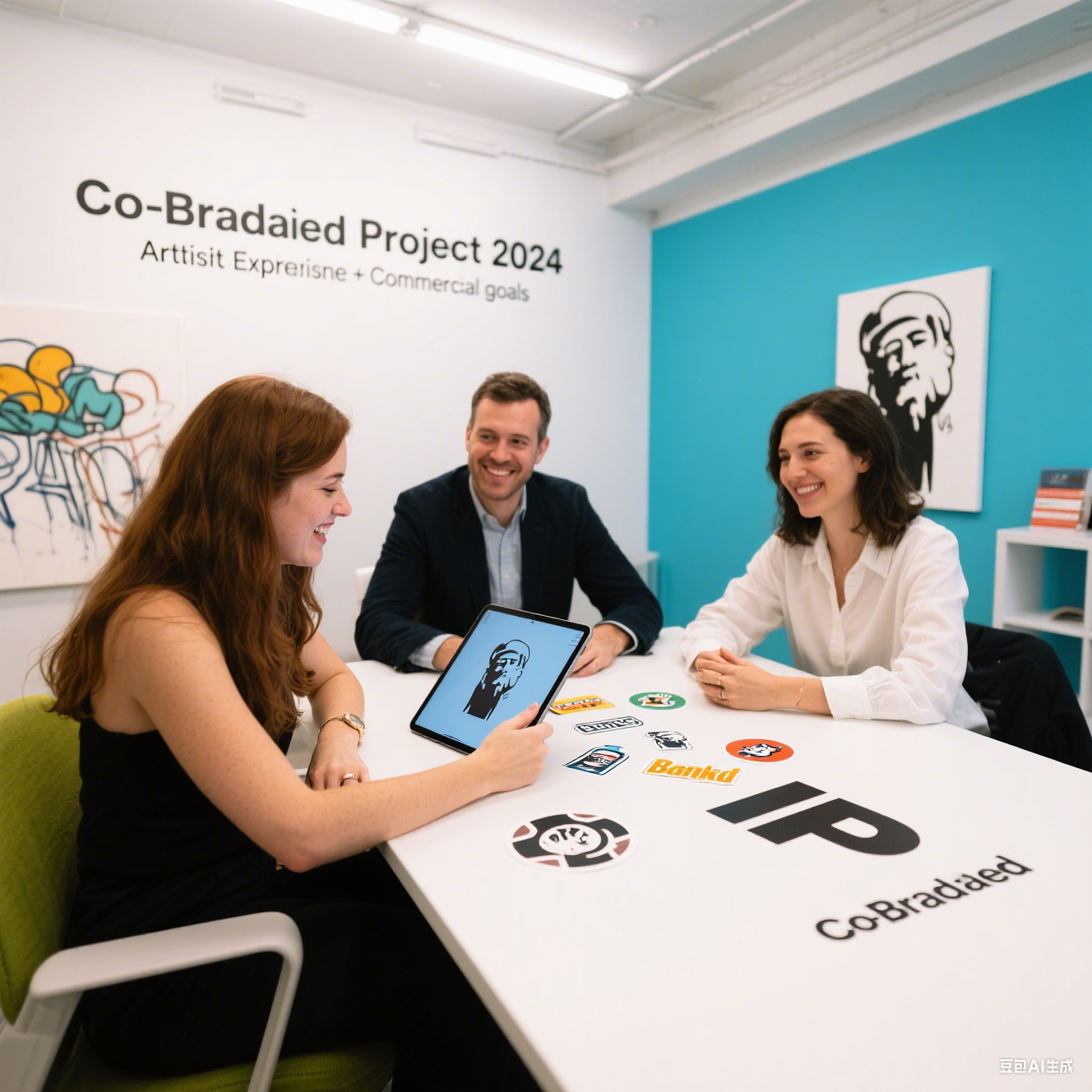
The Significance of Stickers as a Carrier of "Democratized Art"
As a low-cost art carrier, stickers allow more people to own artworks at a lower price, realizing the "democratization" of art. Artists spread their artworks to a wider public through stickers, breaking the traditional barriers of art and bringing art into the lives of ordinary people. This form of "democratized art" not only enriches people's spiritual life but also opens up a new path for the spread and development of art.
Mainstream Recognition and Future Direction
With the continuous development of sticker art, it has gradually attracted the attention and recognition of mainstream art institutions. Some art galleries have begun to hold sticker art exhibitions and incorporate sticker art into academic research. Although sticker art originates from street subculture, it is expected to become more mature and mainstream in the future with its unique artistic value and communication methods. It is believed that in the near future, sticker art will occupy a more important position in the contemporary art ecology.
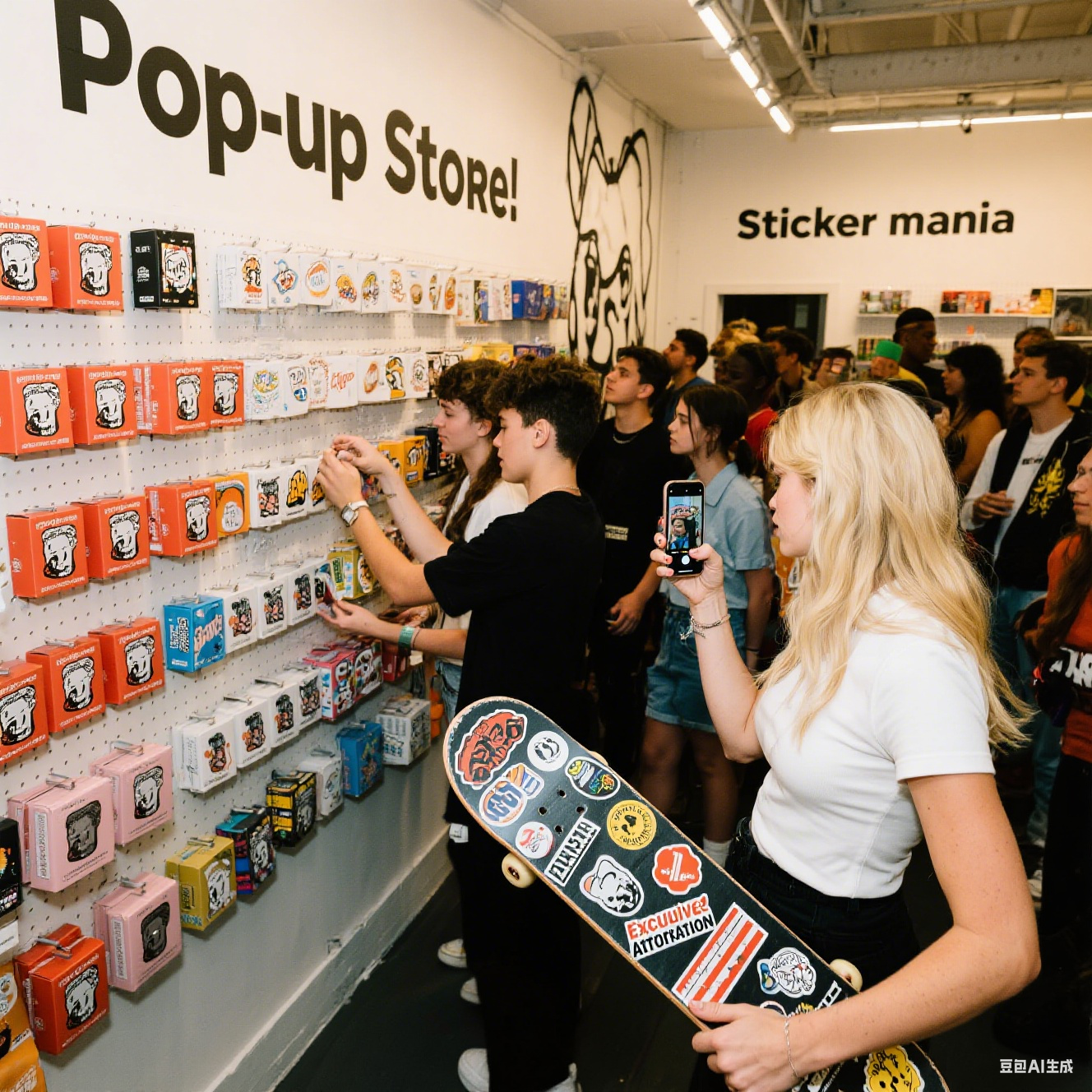
To sum up, with its unique advantages, stickers can completely serve as the center of cooperation between artists and brands. It not only brings cooperation opportunities and value to both parties but also injects new vitality into the spread and development of art. In the future, we have reason to believe that sticker art will play a more important role in the cooperation between artists and brands, creating more wonderful works.
